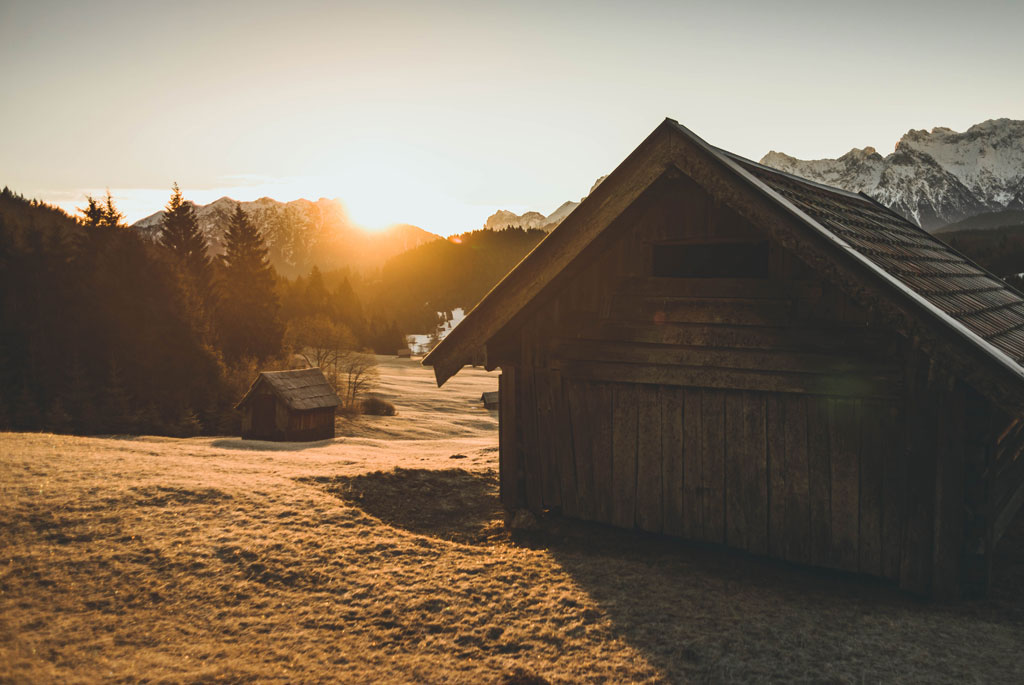
How To Plan A Cost-Effective Cottage
With many millennials deciding not to leave home after completing their studies, larger family properties with a “granny-flat” or garden cottage have regained much of their popularity in recent times.
“These additional spaces, especially when they include a kitchen and a bathroom, are of course also a plus for families that wish to accommodate older relatives, or need to generate some extra income to help pay their bond now that interest rates are rising,” says Jan Davel, MD of the RealNet estate agency group.
“And they definitely do add value when the time comes to sell the property, but homeowners who are currently thinking of building a new granny-flat or cottage must first make sure that they have proper building plans drawn and obtain approval from their local authority for a second dwelling on their stand.”
A “second dwelling” is defined by most local authorities in South Africa as any space with a separate kitchen area that can potentially be used to generate rental income, he says.
“It can be a separate building on the property or an addition to the existing home, but in order to be approved must usually have its own entrance, bathroom, bedroom and living areas as well as a kitchen. It must also have the same owner as the primary dwelling – that is, it cannot be sold off as a separate home.”
Building an attractive space is also important, Davel says.
“Having a cottage too close to the outdoor entertainment area or a granny-flat with an obstructed entrance may reduce the sale potential of the property. And you need to make sure that there will be sufficient parking space.”
Before starting any construction, it is also highly recommended that the homeowner consult a town planner to advise on the most cost effective ways to connect the new dwelling to the council’s existing electricity, water and sewerage infrastructure, and to assist with getting the plans approved.
“At the same time, it’s important to get quotes from reputable builders in the area so you can estimate what your project is likely to cost – and then ask a knowledgeable local estate agent to help you work out whether the addition would add sufficient value to the property to justify this expenditure.”
Indeed, he says, careful budgeting is a vital part of the entire process.
“If you’re considering a rentable space, you should also talk to your local agent about whether there would be demand for a granny-flat or cottage in your area and about finding the right tenants.”
“Remember that the rent needs to be reasonable as well as profitable, and make sure that you include the estimated additional water and electricity usage in your calculations (or the cost of installing separate or pre-paid meters), as well as any ‘extras’ such as DSTV or internet costs. Also, rental income is taxable so you should make provision for that too.”
“In short, homeowners who take care when creating a second dwelling stand to gain a significant increase in the value of their property in the long term, but need to make sure it will be a cost-effective investment in the interim.”
This article “How To Plan A Cost-Effective Cottage” was issued by RealNet – http://www.realnet.co.za/






